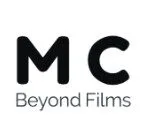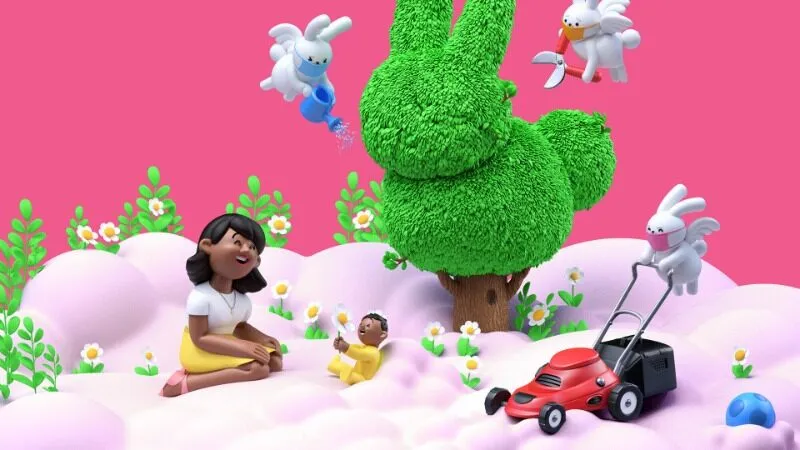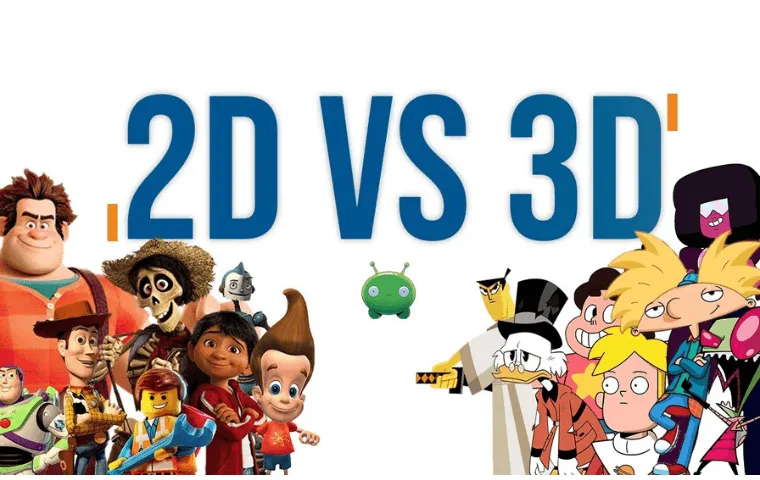In today’s fast-paced digital world, animation has become one of the most effective tools to help brands tell their stories in a fun, engaging way. It’s no longer just for cartoons or movies—animation can be a powerful asset in advertising and marketing. From simplifying complex ideas to boosting brand recognition, animation offers endless creative possibilities for connecting with your audience. Let’s dive into how animation can elevate brand storytelling and help brands stand out.
The impact of animation in bringing stories to life
Animation has a unique ability to grab attention and breathe life into stories. It allows brands to create imaginative, visually appealing narratives that can communicate messages in ways live-action videos or static images simply can’t. Whether it’s through colorful characters, vibrant worlds, or dynamic motion, animation brings storytelling to life in a way that keeps viewers engaged from start to finish.
Benefits of using animation in brand storytelling
There are several reasons why animation works so well in brand storytelling. From simplifying complicated messages to building brand recognition, animation offers plenty of benefits.
Simplifying complex messages
One of the greatest advantages of animation is its ability to make complex concepts easy to understand. Instead of overwhelming your audience with too much text or dry explanations, you can use animation to break things down visually. Whether you’re explaining how a product works or showcasing a new service, animation can simplify the message, making it more digestible and engaging.
For example, a tech company might use animation to show how its software works in a step-by-step way, turning what could be a complicated concept into something fun and straightforward.
Boosting brand recognition
Animation can also help strengthen your brand’s identity. By using a consistent animation style, colors, and characters that align with your brand, you can create a cohesive look that viewers recognize instantly. Whether you’re creating ads, explainer videos, or even animated logos, using animation helps reinforce your brand in the minds of your audience.
Their animated campaigns are instantly recognizable because they stick to the same visual themes that align with their branding.
Expanding creativity and originality
It lets you go beyond the limits of reality to create worlds, characters, and scenarios that would be impossible in live-action. Want to send your viewers to a futuristic city, show your product being used in space, or turn your brand mascot into a superhero? Animation can do it all. This freedom allows brands to explore their creative side and stand out from the competition by delivering original, eye-catching content.
Types of animation that enhance brand storytelling
There are several different types of animation that brands can use to tell their stories. Depending on the message and target audience, certain types of animation may work better than others. Here are three of the most popular types of animation in brand storytelling.
2D animation
2D animation is one of the most commonly used styles. It’s simple, cost-effective, and great for storytelling. The flat, hand-drawn look is familiar to most audiences and can be used in everything from product explainer videos to animated commercials. It’s a go-to option for brands looking to tell straightforward, engaging stories without over-complicating the visuals.
3D animation
3D animation adds depth and realism to your storytelling. It’s perfect for brands that want to create a more dynamic and immersive experience. 3D animations are often used in industries like technology, automotive, and gaming, where a more polished, high-quality look is needed. Whether you’re showcasing a product or building an entire animated world, 3D can make a big impact.
Motion graphics
Motion graphics are ideal for brands that need to present data or statistics in an interesting way. They combine graphic design with animation to create moving visuals that make information more engaging.
You’ll often see motion graphics in corporate presentations, explainer videos, or social media content. It’s a sleek, modern way to keep your audience’s attention while sharing valuable information.
Best practices for using animation in brand storytelling
Using animation is one thing, but using it effectively is another. Here are a few tips on how to get the most out of animation in your brand storytelling.
Matching animation with a brand’s unique identity
Your animation should always feel like a natural extension of your brand. Whether it’s the style, colors, or tone, make sure everything aligns with your brand’s identity. If your brand is known for being playful and fun, your animation should reflect that. If it’s sleek and professional, the animation should feel more refined.
Focus on storytelling, not just visuals
While great visuals are important, your animation should always have a strong story behind it. Viewers connect with stories, not just flashy graphics. Make sure your animation tells a story that resonates with your audience—whether it’s explaining how your product works, solving a problem, or simply making them feel something.
Keep it concise and clear
When using animation, it’s easy to get carried away with all the creative possibilities. The message should be clear from the beginning, and viewers shouldn’t have to work hard to understand it. Aim for a short, impactful animation that communicates your story without overwhelming the audience with too much information.
Successful brands using animation for storytelling
Many brands have successfully used animation to elevate their storytelling. Let’s take a look at a few examples of how major companies have done it right.
Coca-Cola’s iconic holiday animations
Every year, Coca-Cola rolls out its iconic holiday campaigns, many of which feature beautiful, heartwarming animations. These animated stories have become a holiday tradition, helping Coca-Cola build strong emotional connections with its audience. The magic of animation brings Coca-Cola’s brand message of togetherness and joy to life in a way that resonates with people around the world.
Airbnb’s use of animation in explainer videos
Airbnb uses 2D animation to explain how its platform works in a simple and visually appealing way. The animation breaks down the process of booking a stay and highlights the benefits of using Airbnb without overwhelming viewers. By using clear visuals and a friendly style, Airbnb’s animated videos make complex concepts feel easy and inviting.
Apple’s animated product videos
Apple is known for its sleek, high-quality marketing, and its animated product videos are no exception. Using 3D animation, Apple showcases its products in a visually stunning way, highlighting features and details that might be hard to capture with live-action video. The animations are clean, modern, and perfectly in line with Apple’s brand identity.
Conclusion
Animation is a powerful tool for brands looking to tell engaging, memorable stories. Whether you’re simplifying complex ideas, building brand recognition, or pushing the boundaries of creativity, animation can elevate your storytelling and connect with your audience in a unique way. By choosing the right type of animation, focusing on clear, compelling stories, and staying true to your brand identity, you can use animation to create content that truly stands out


